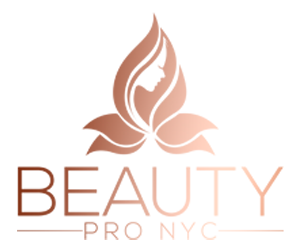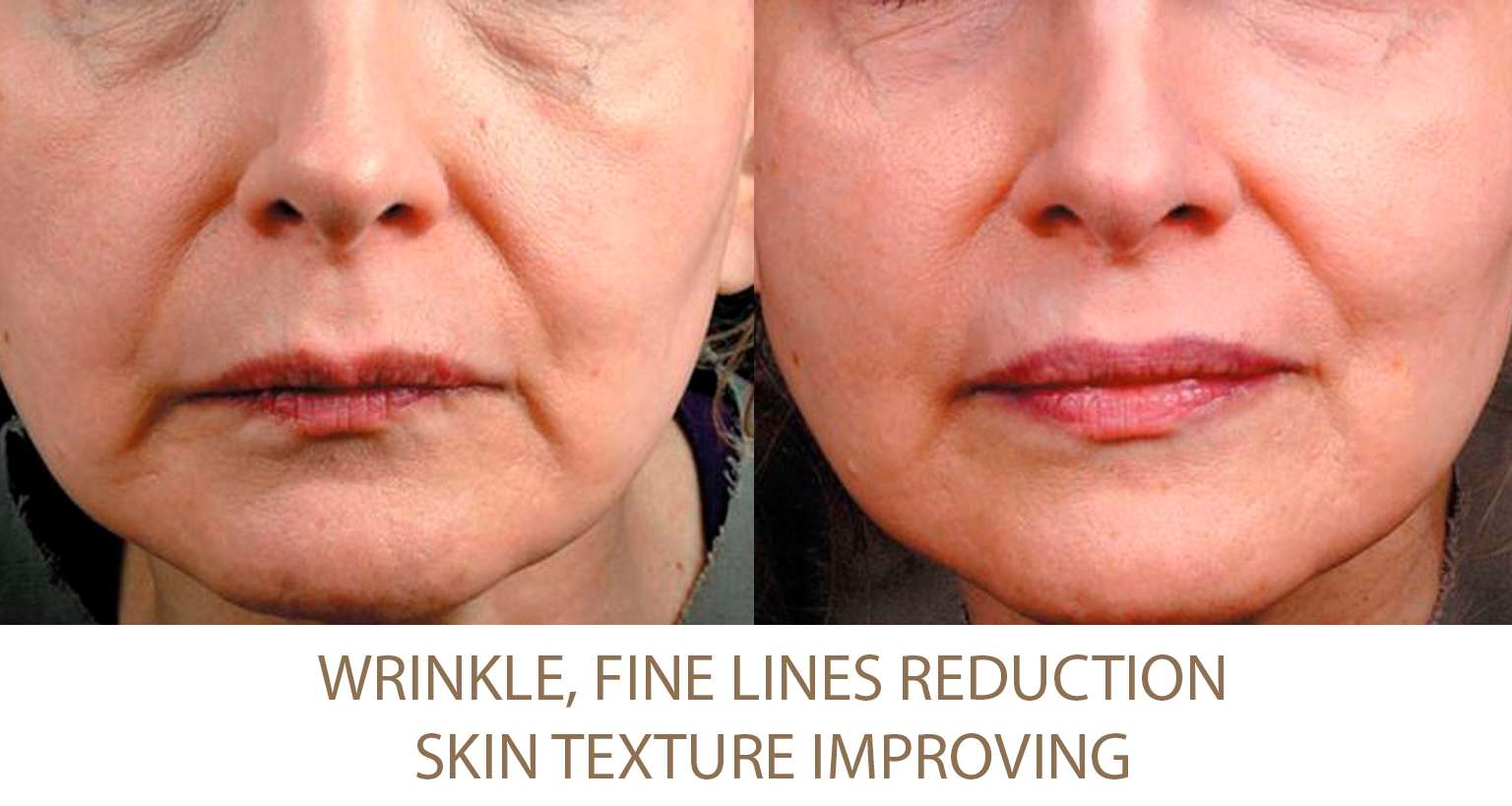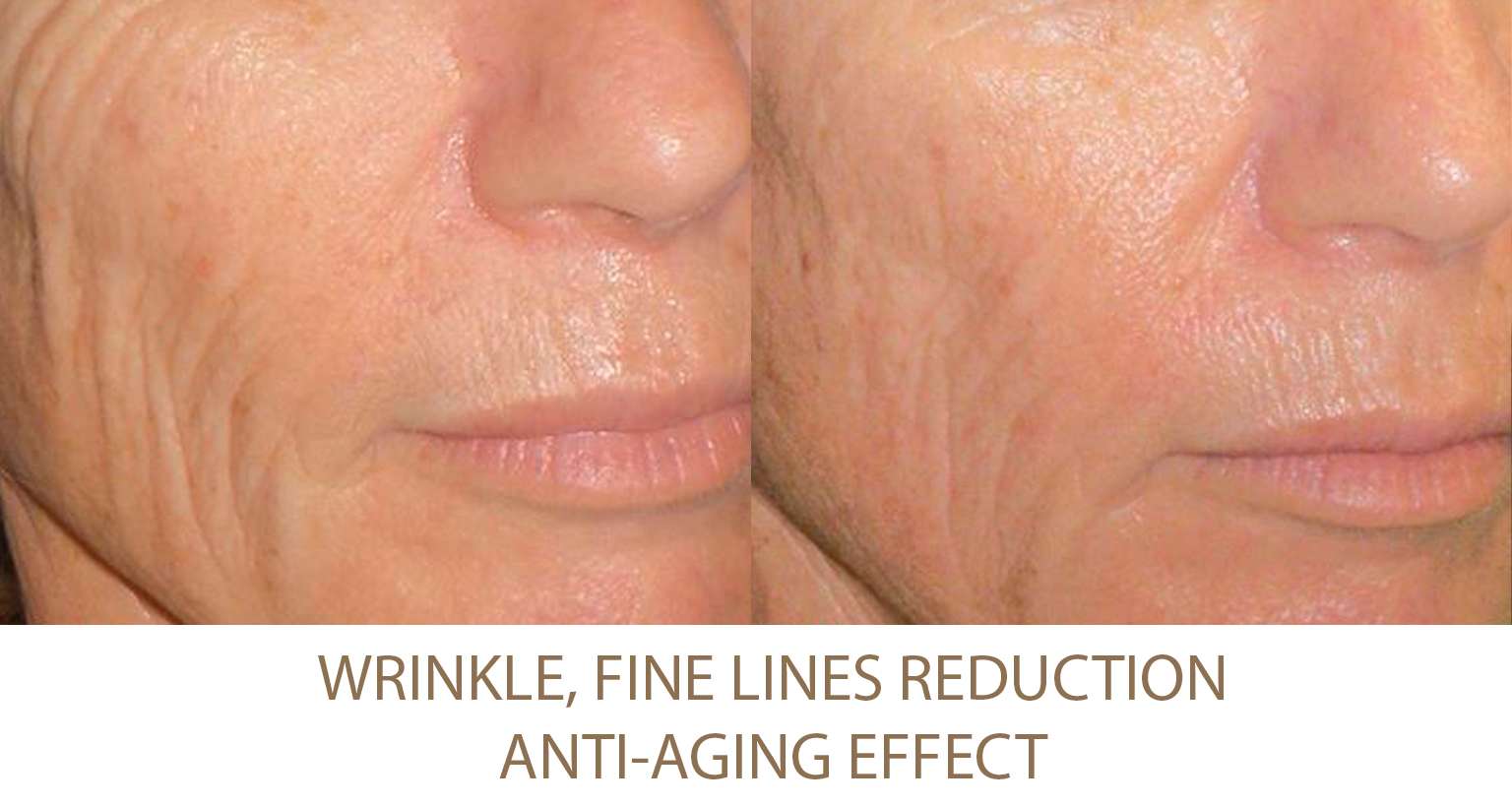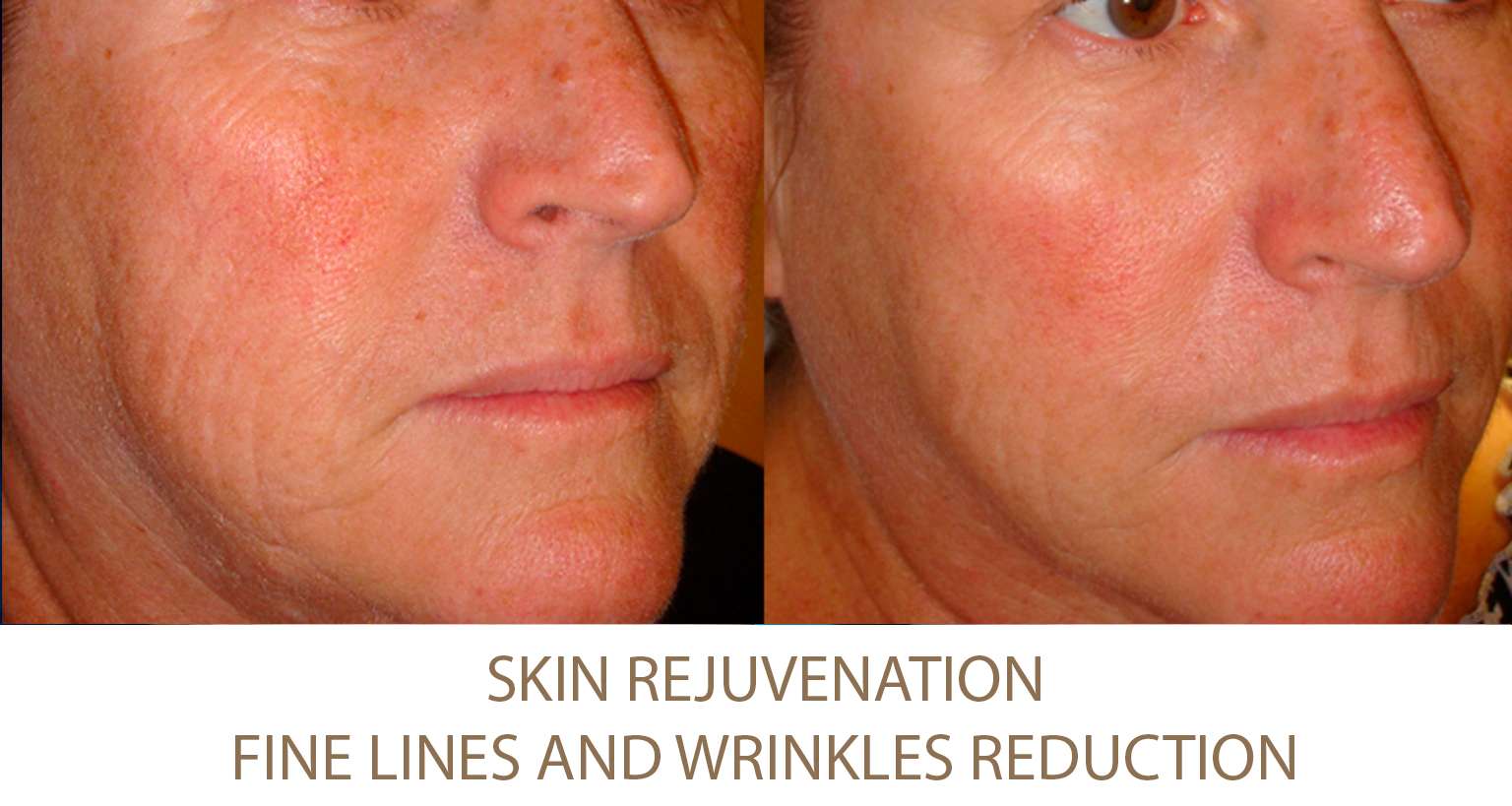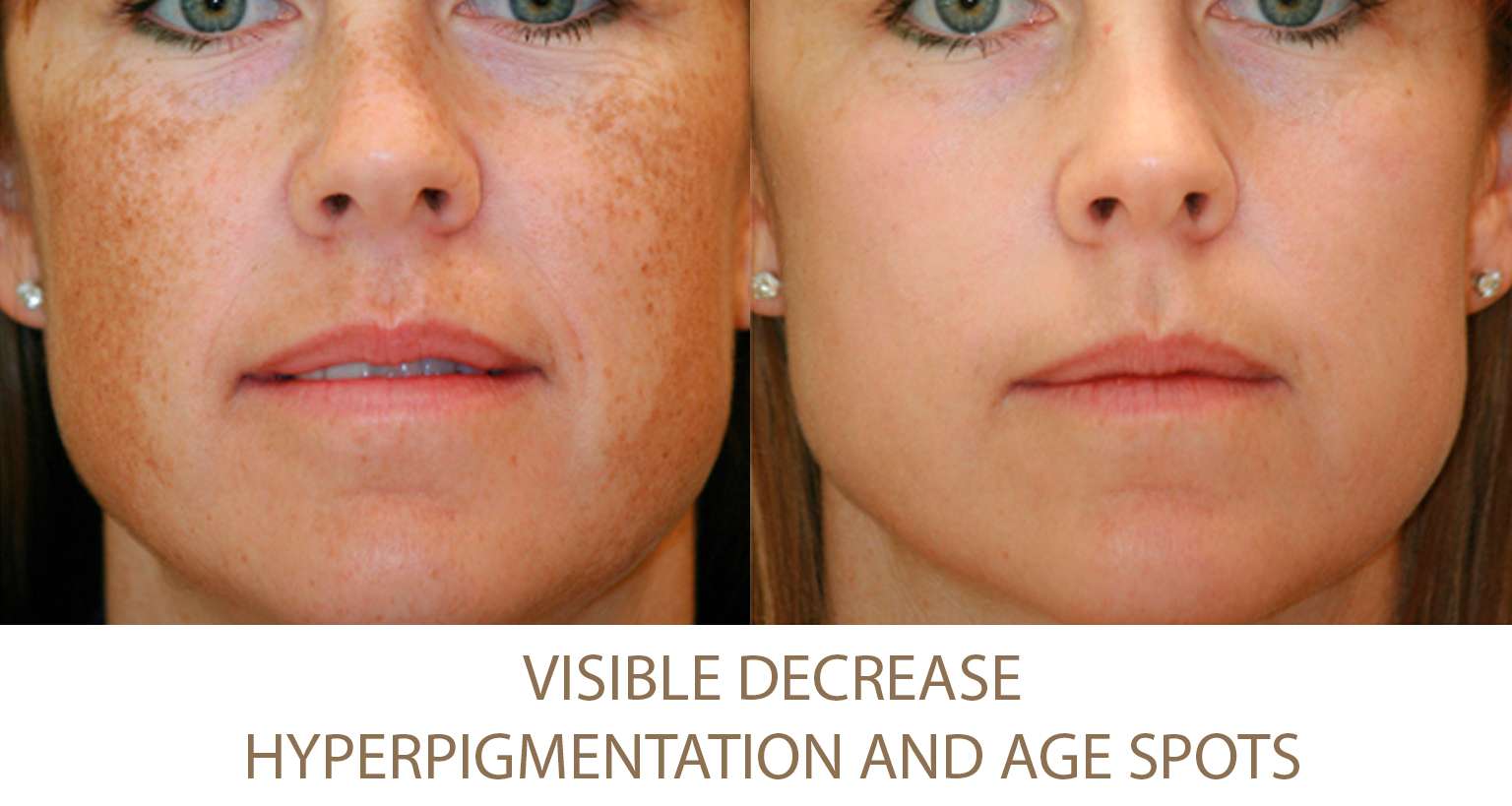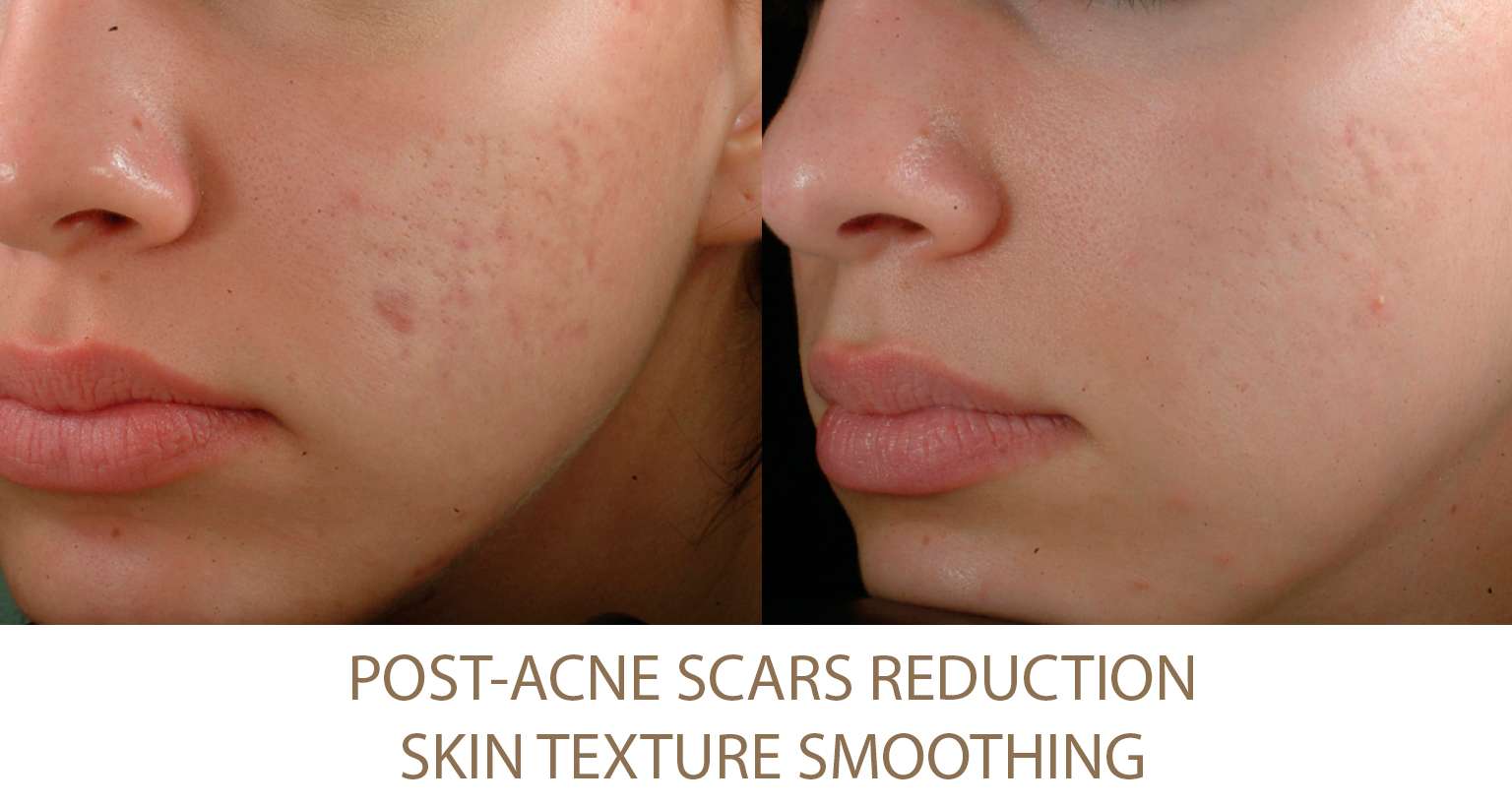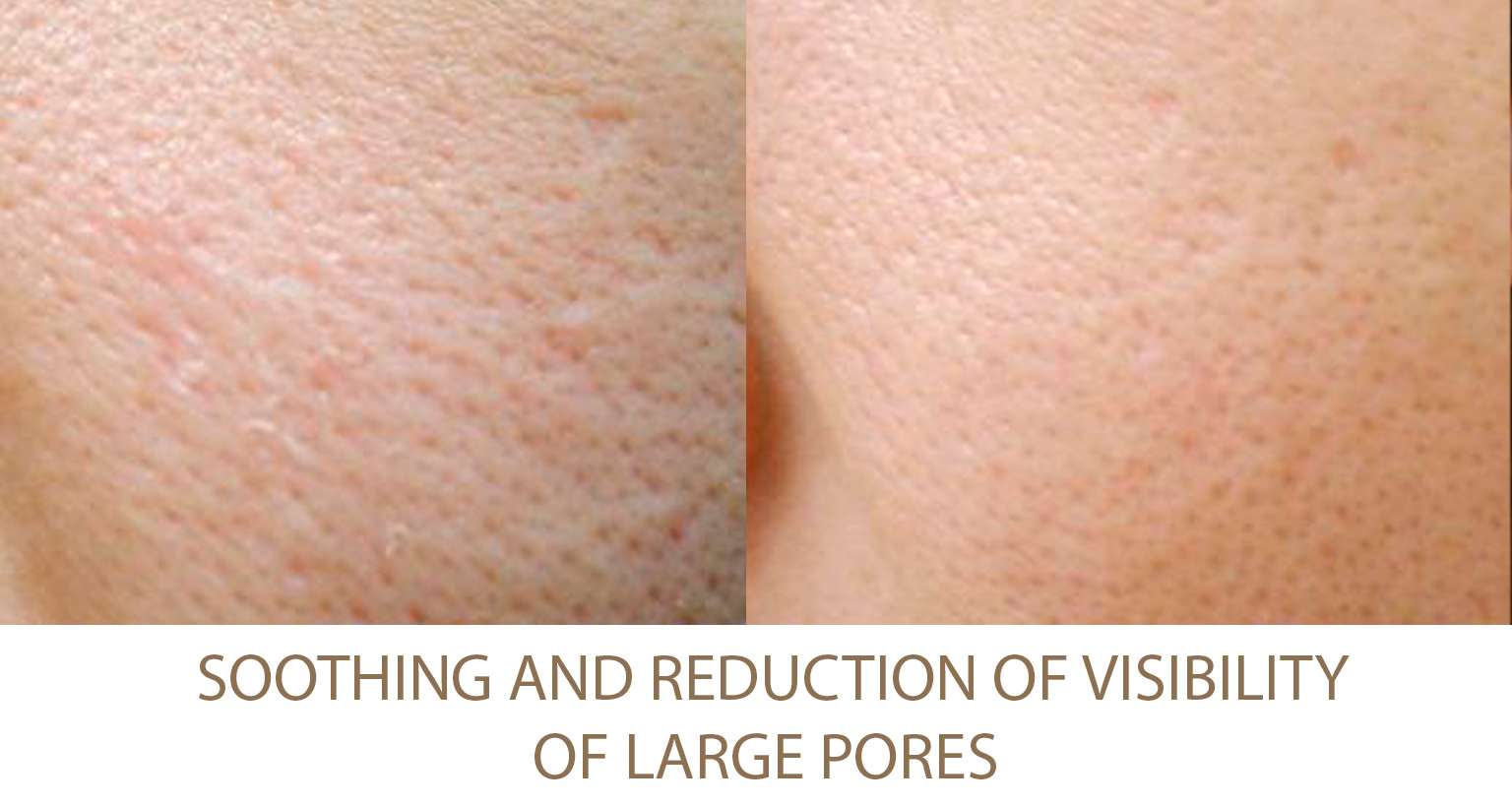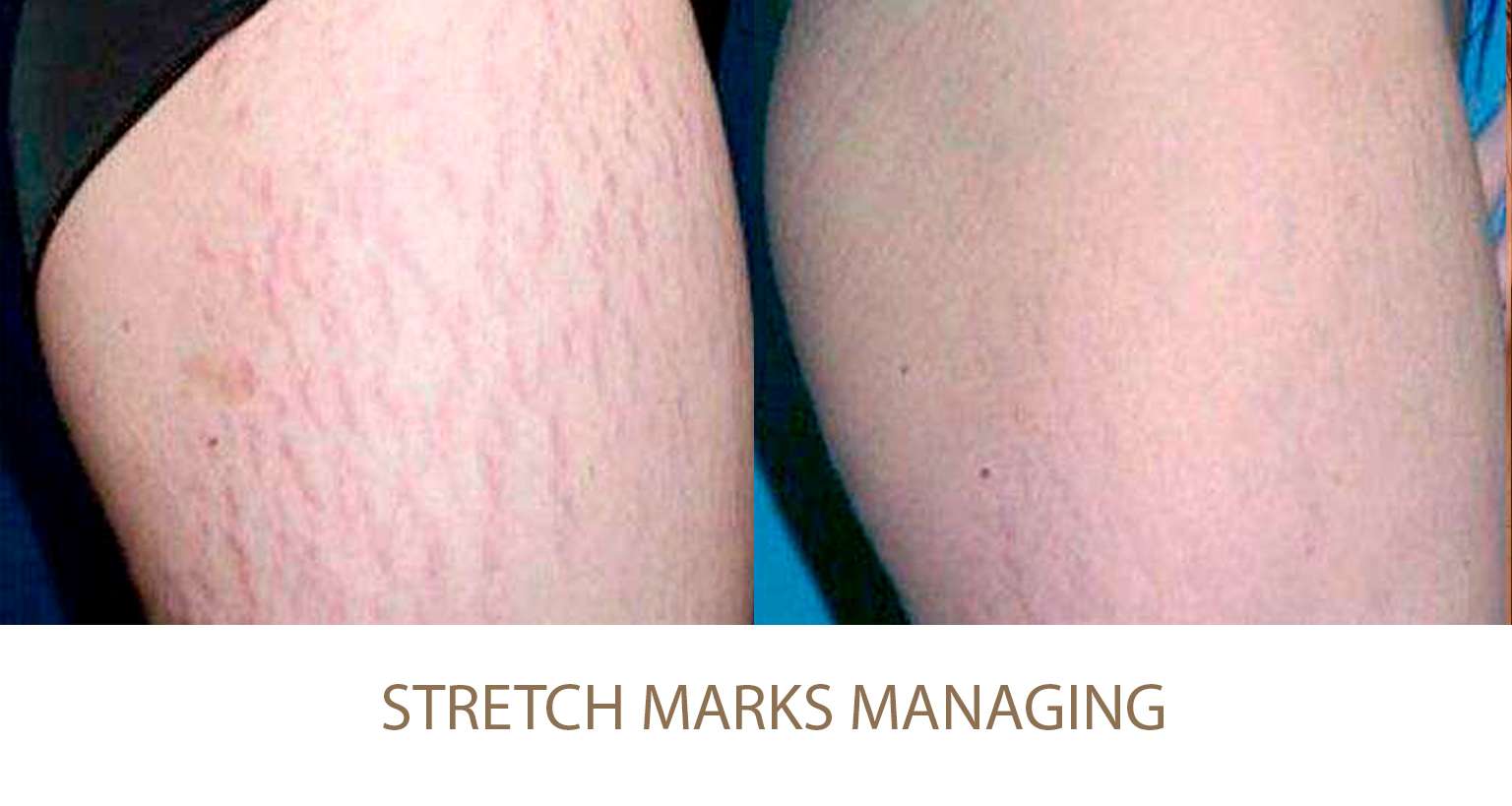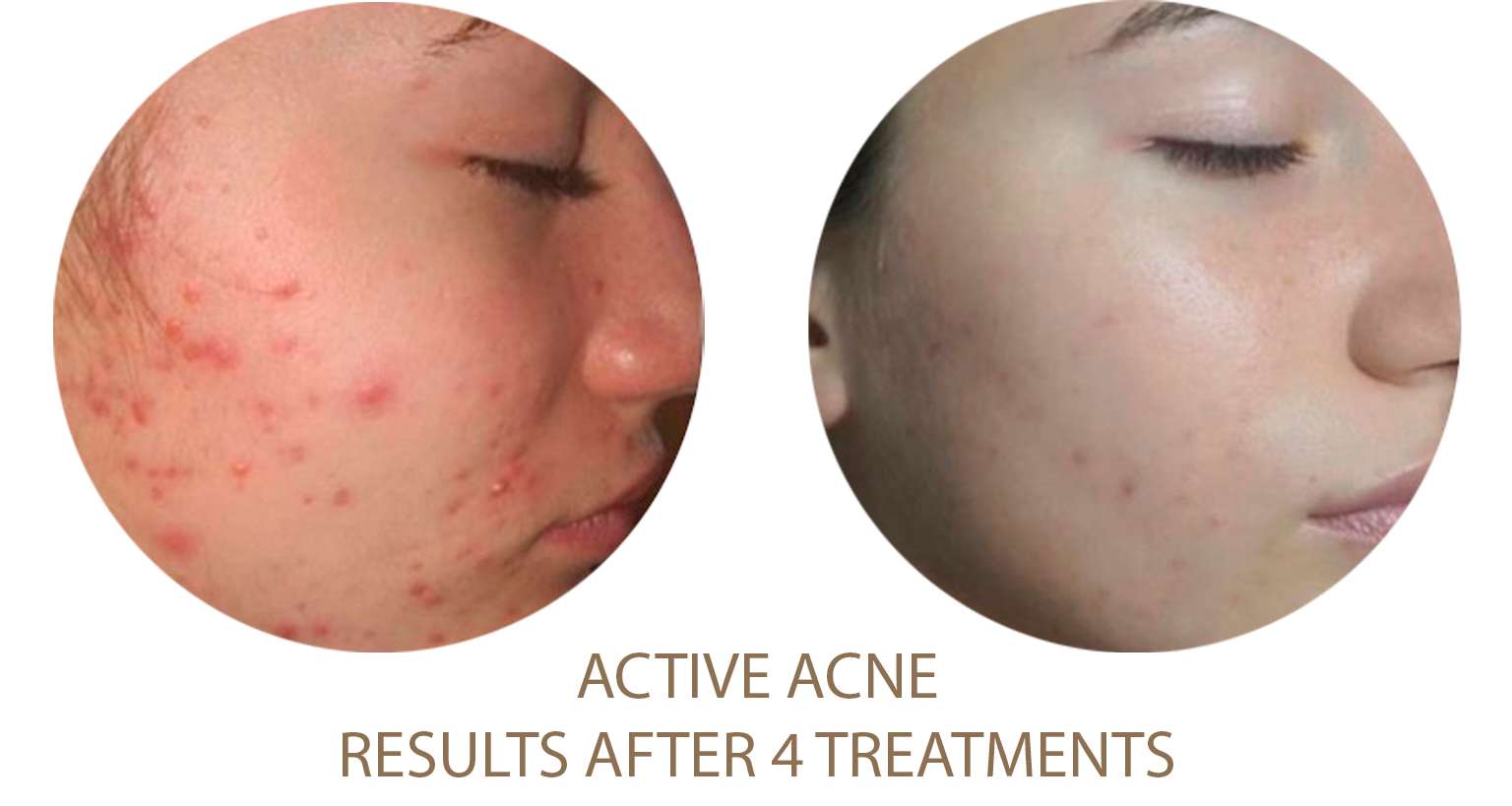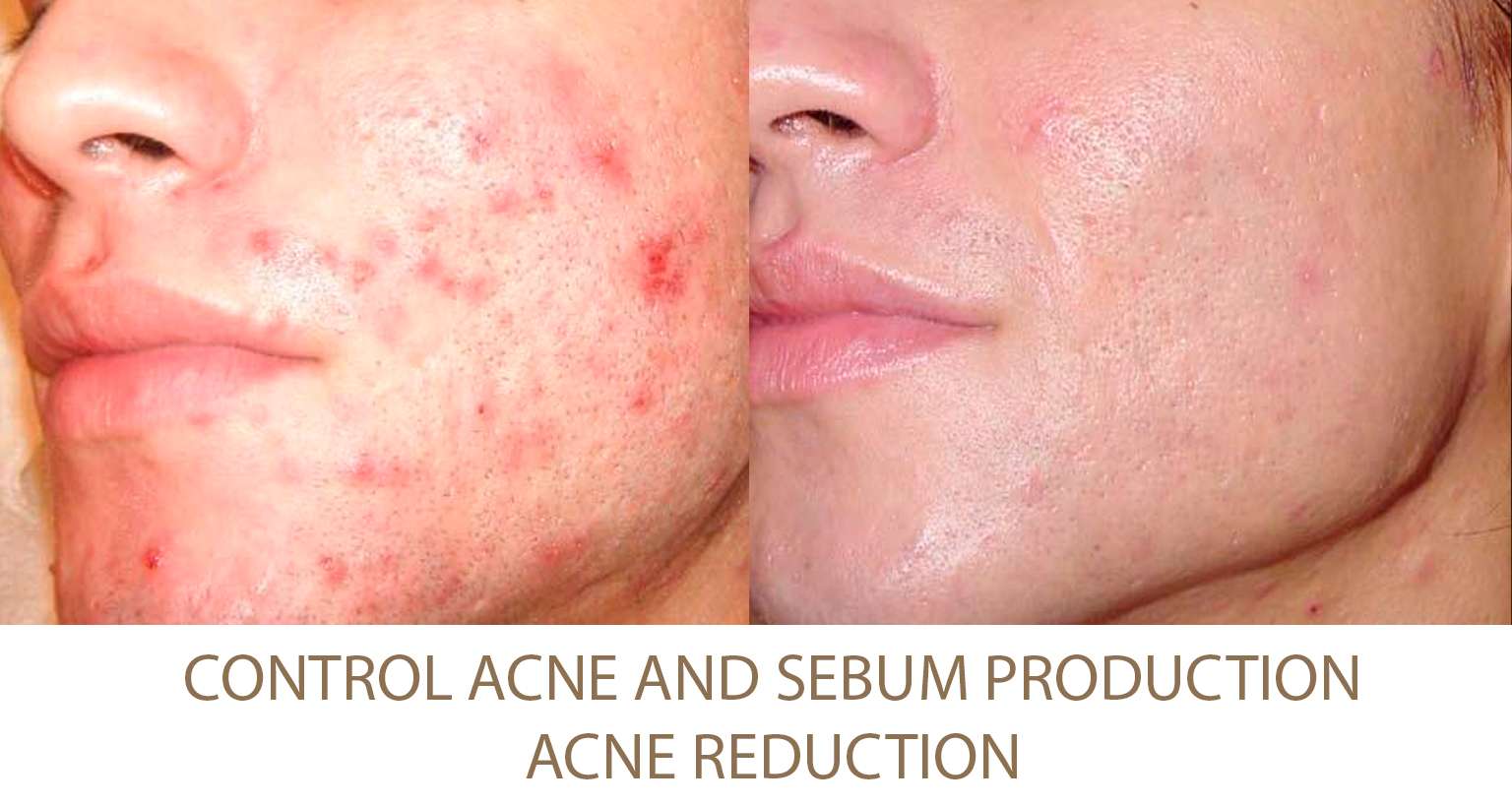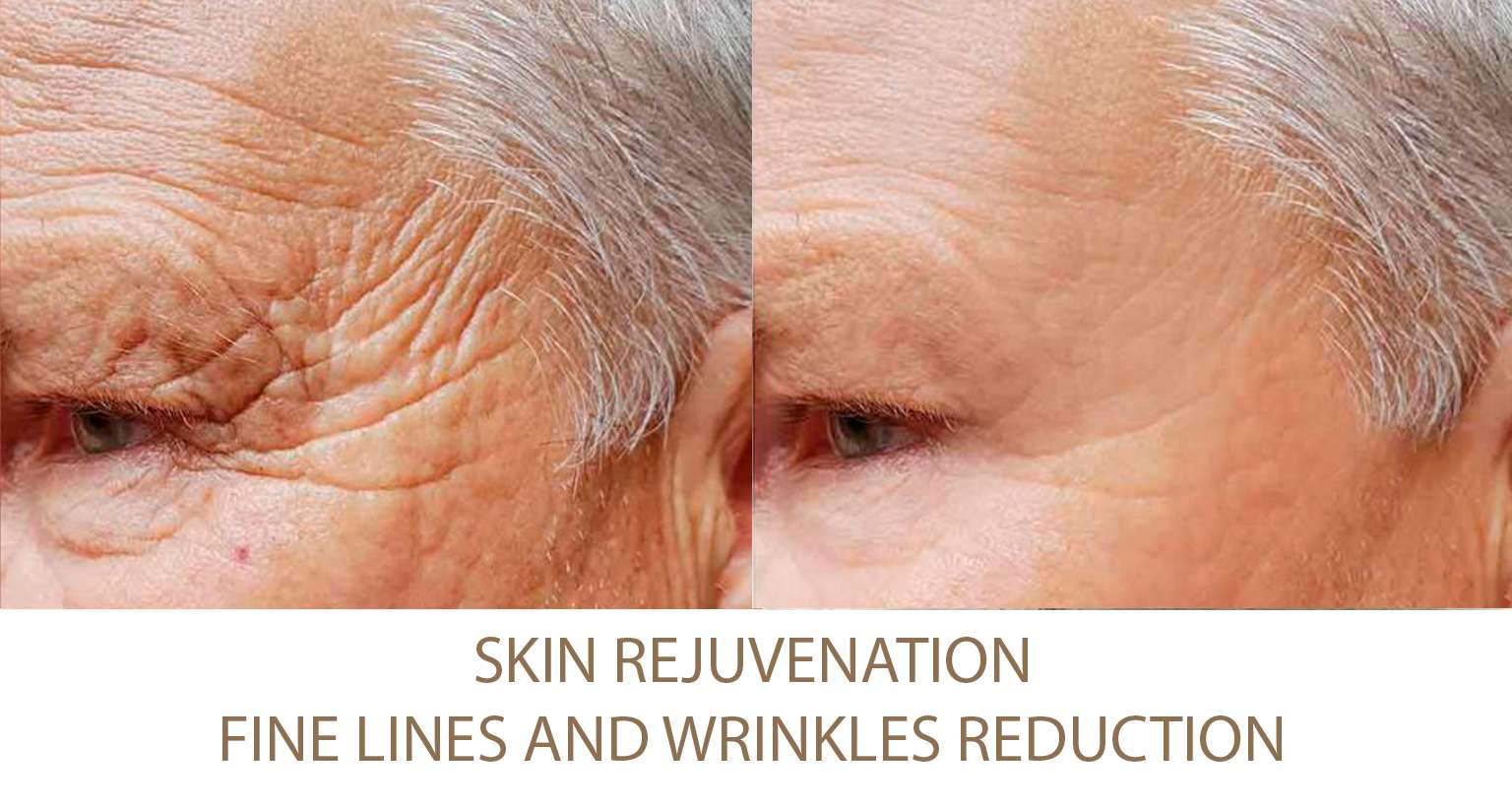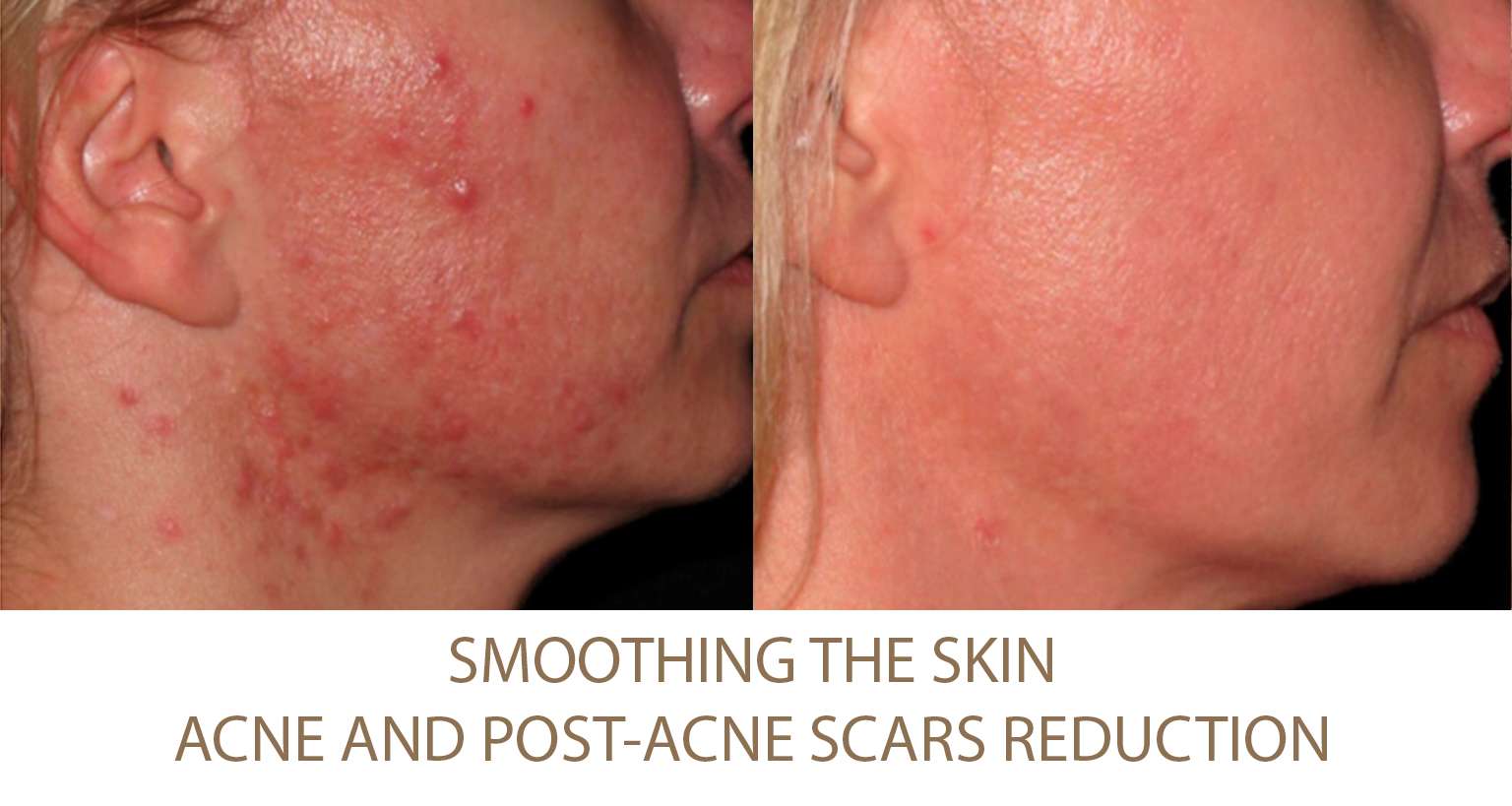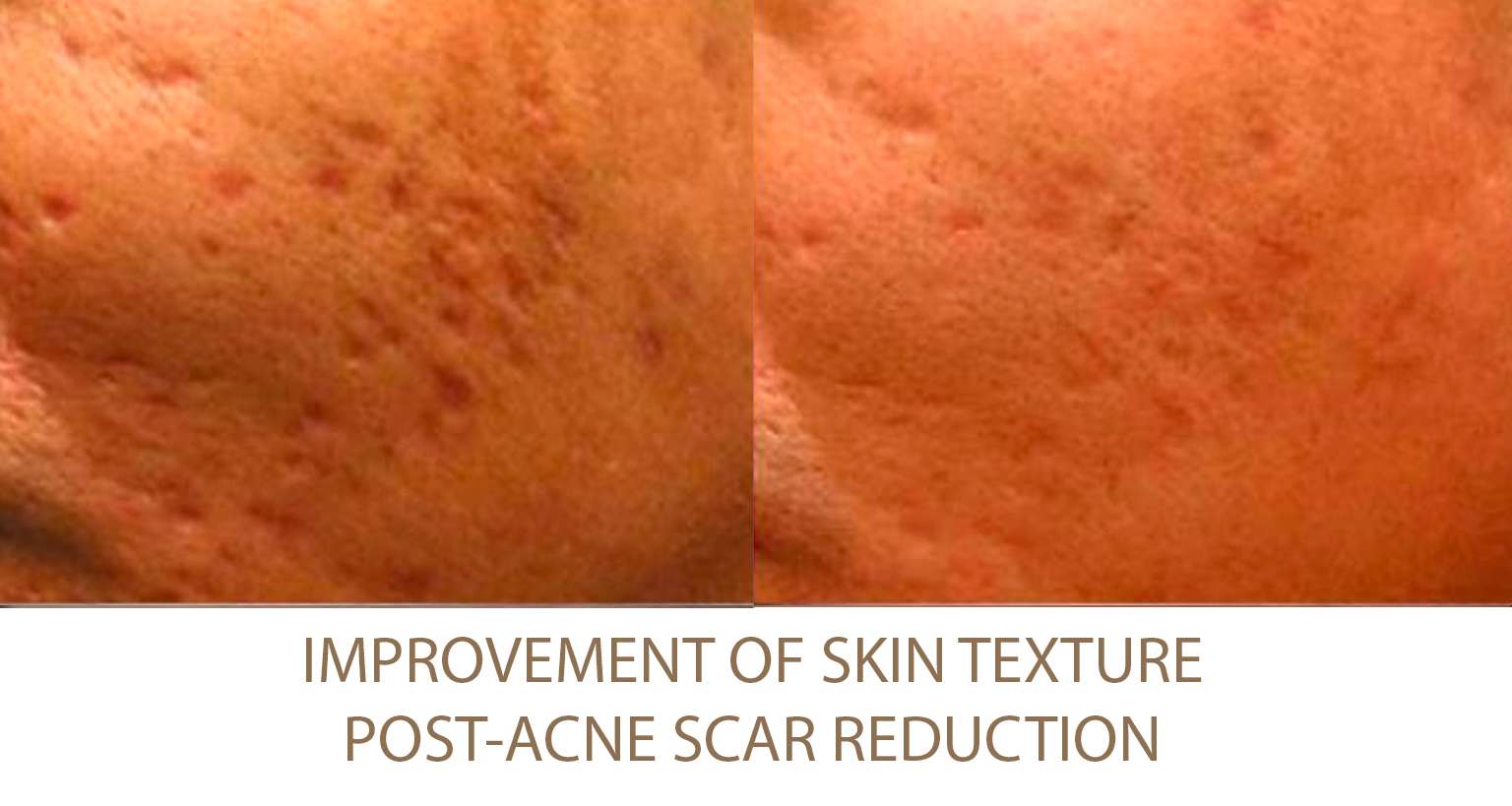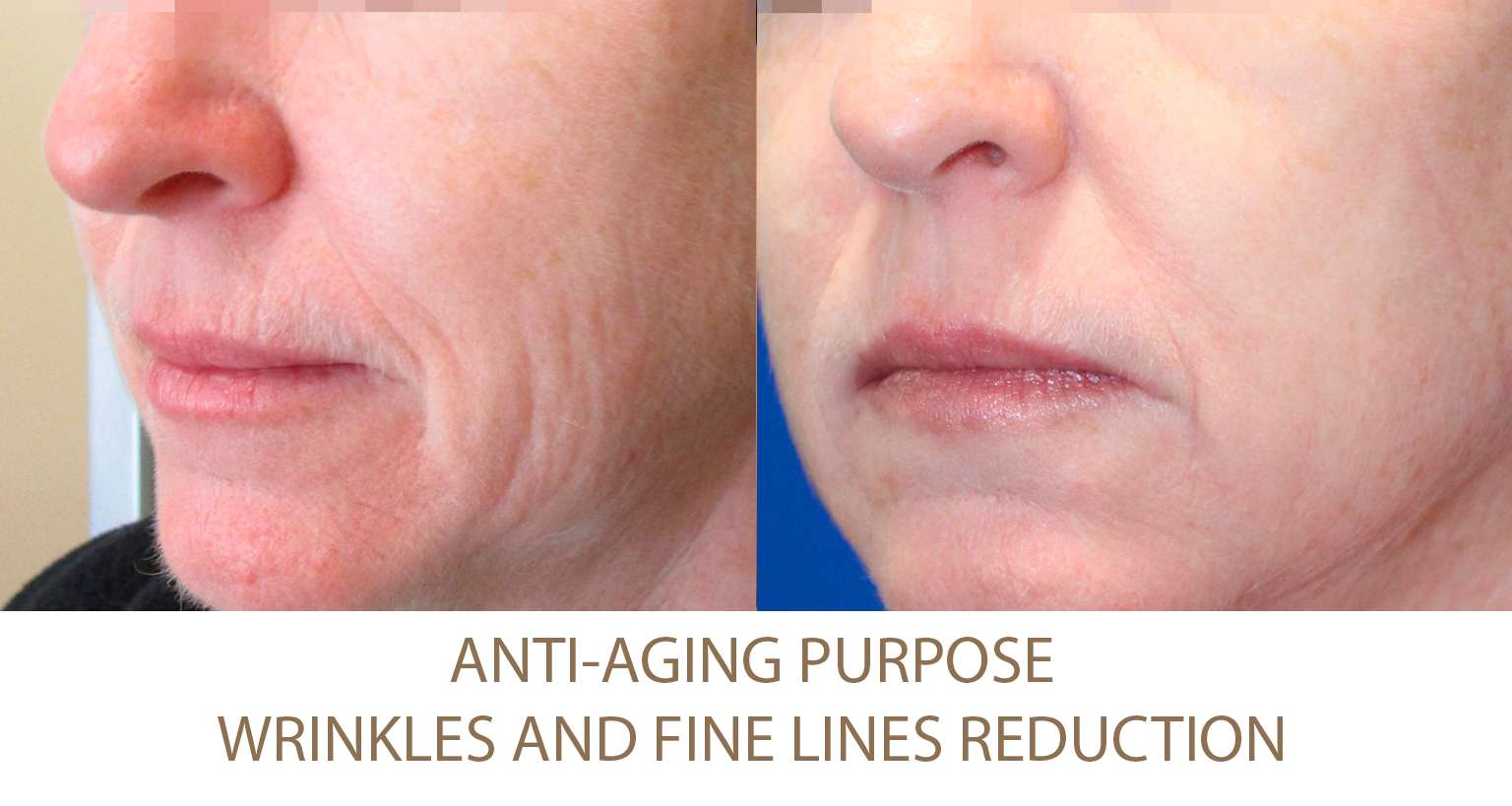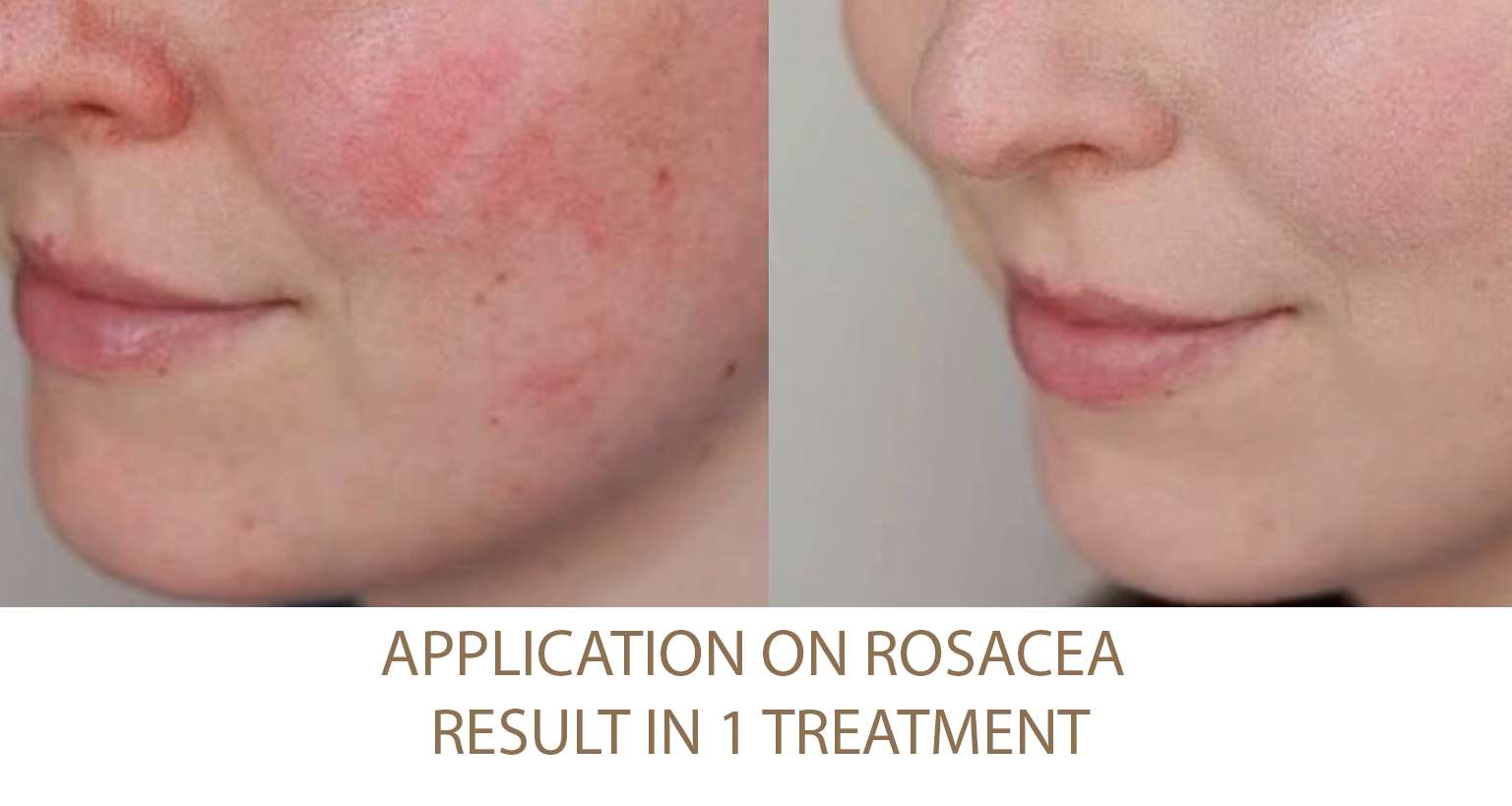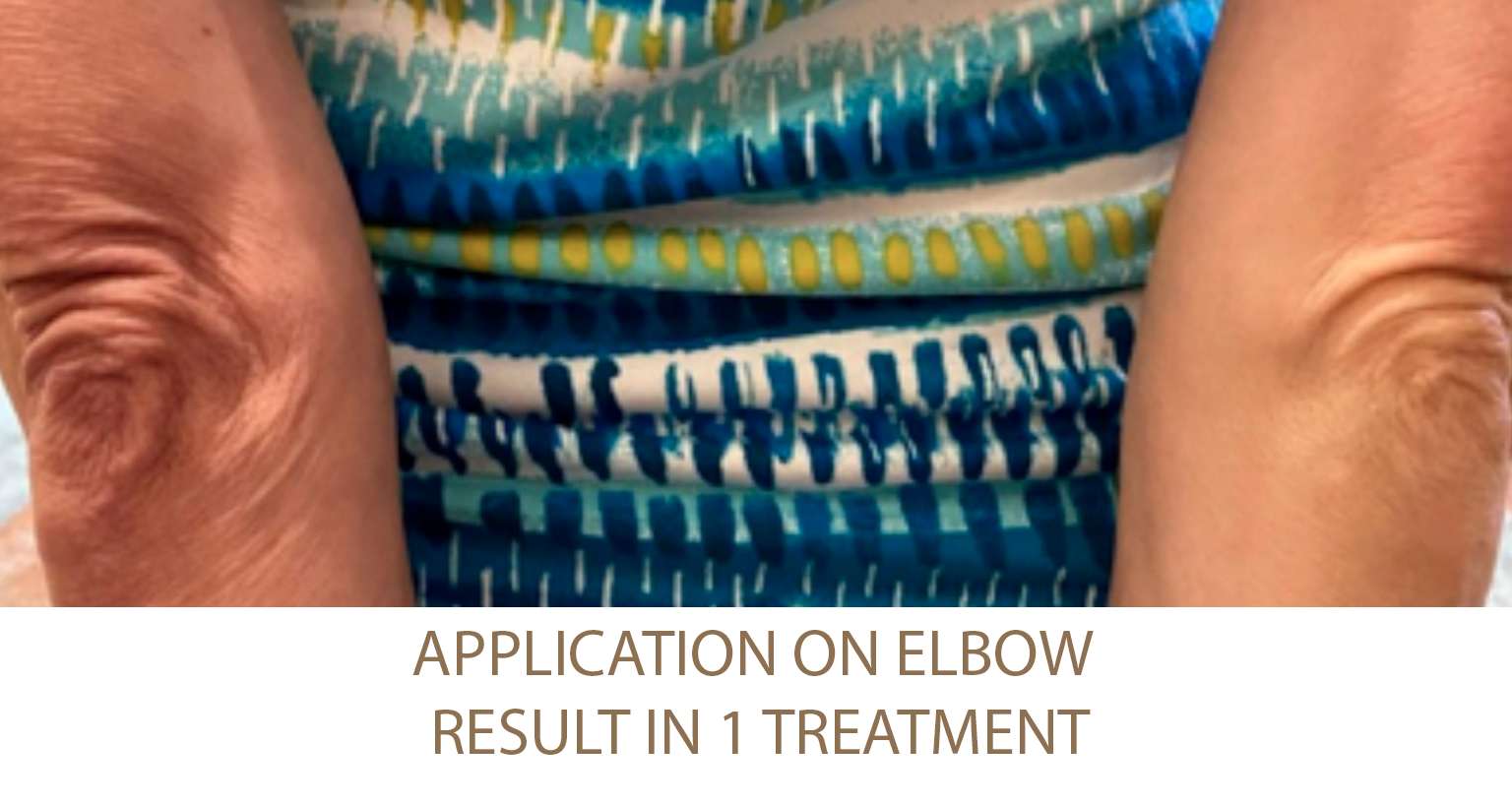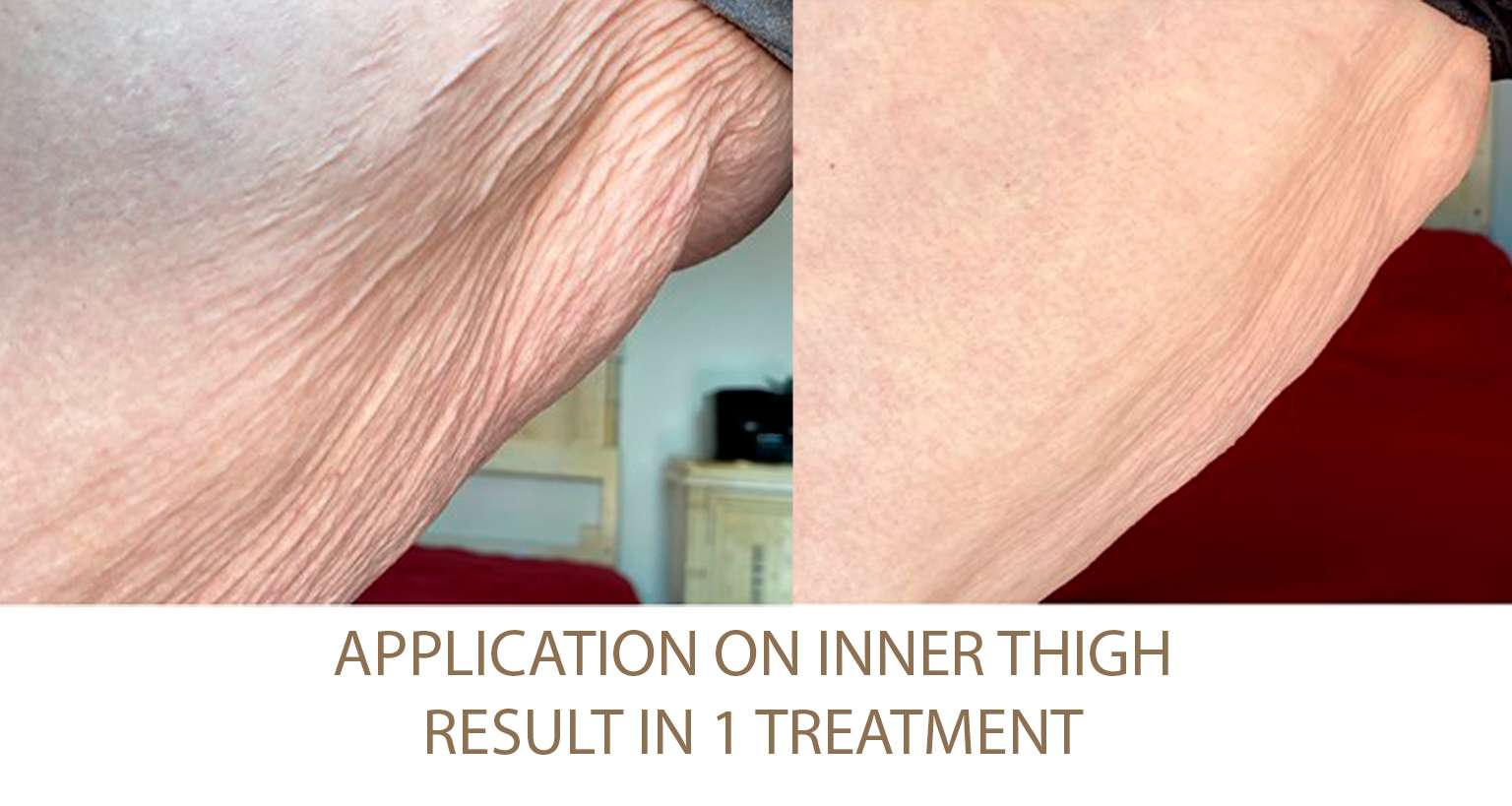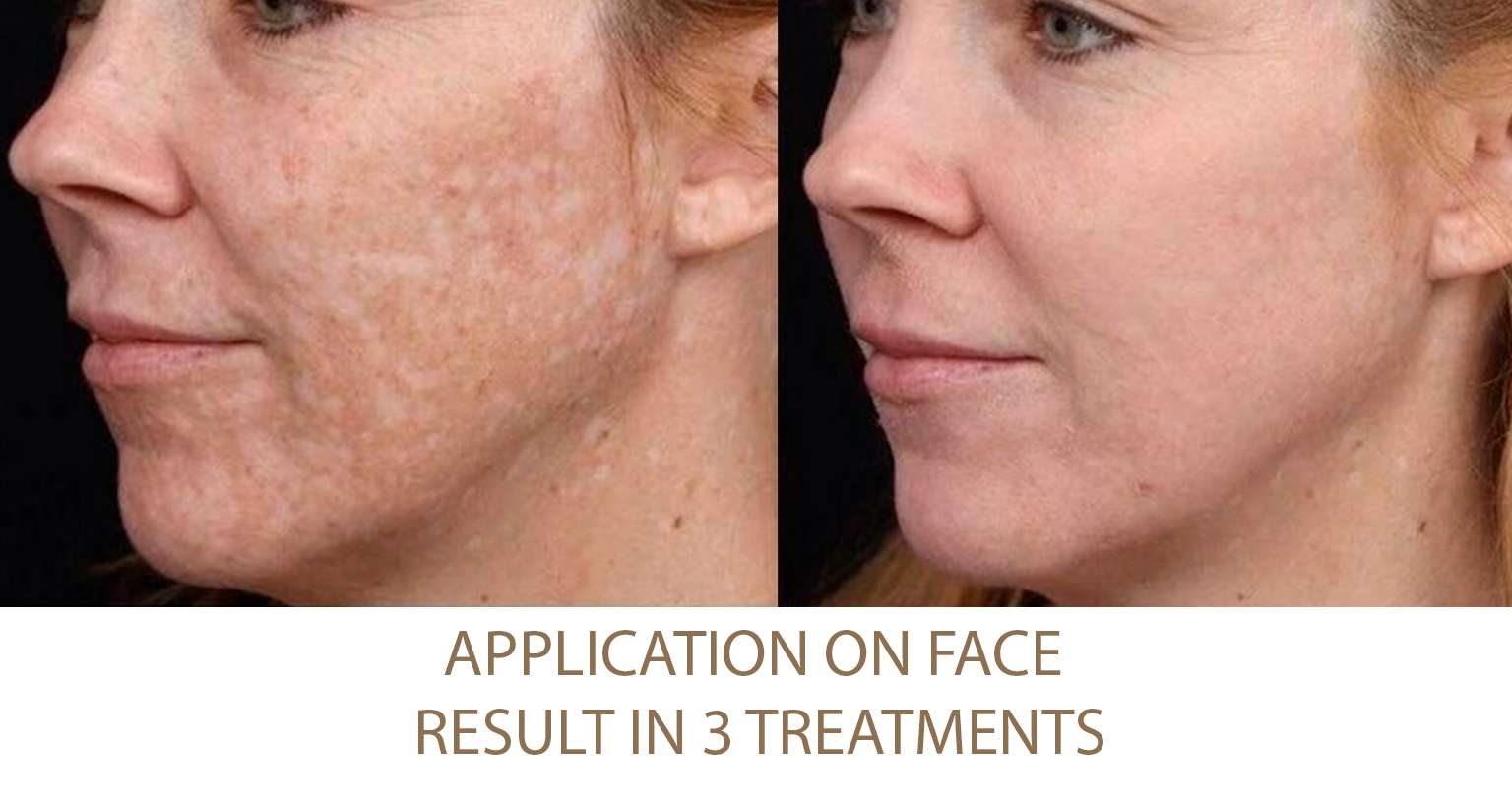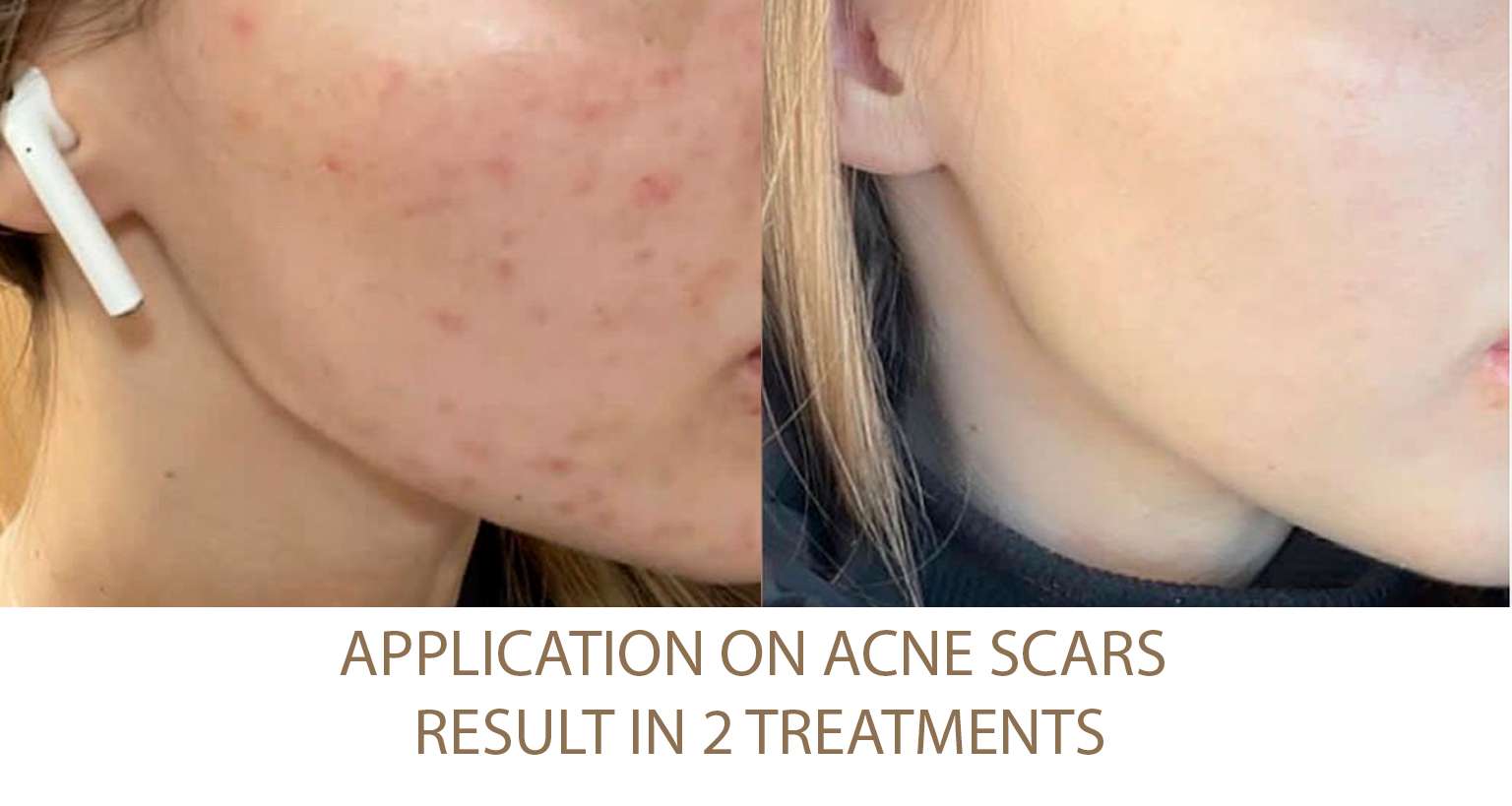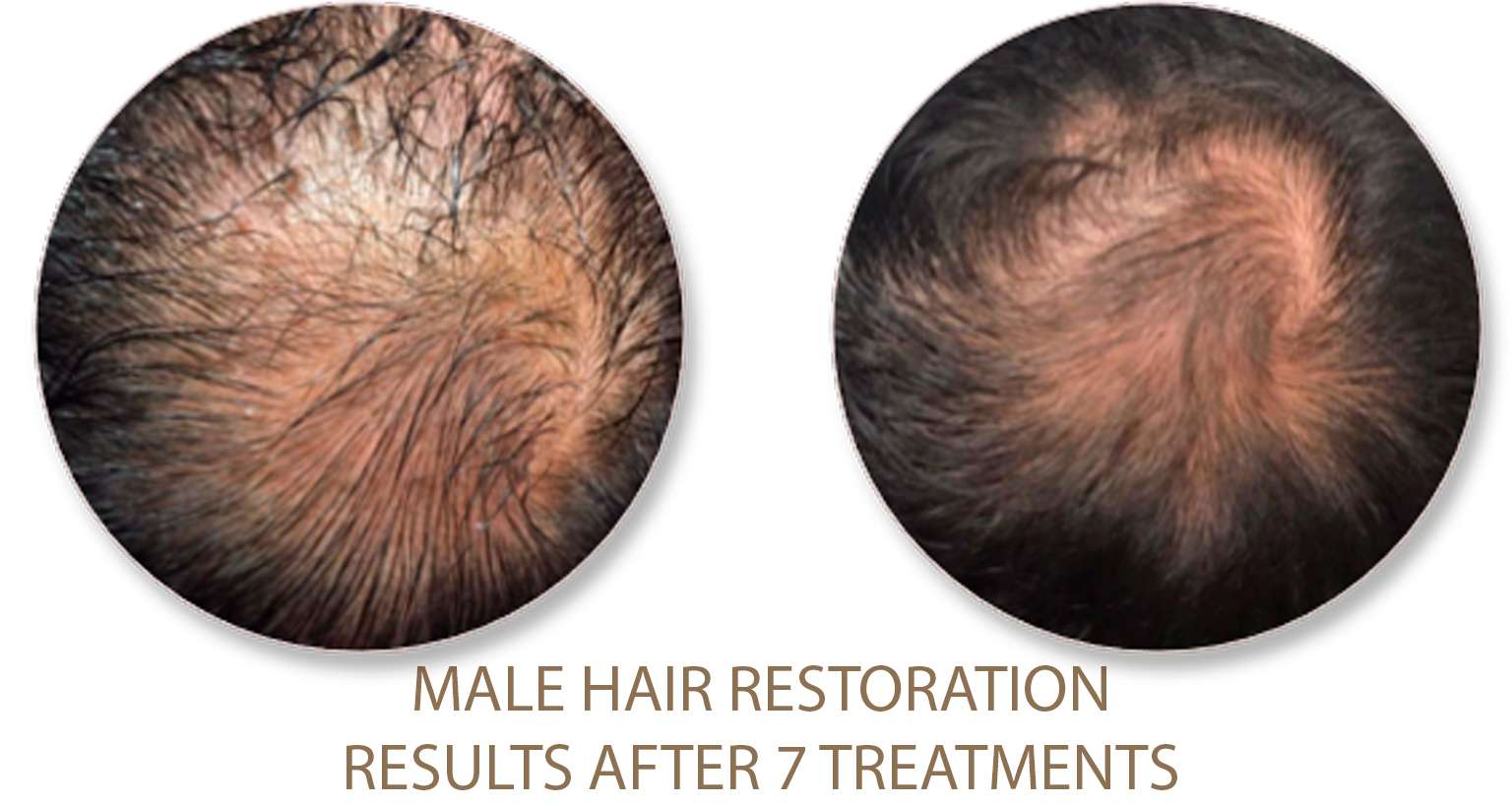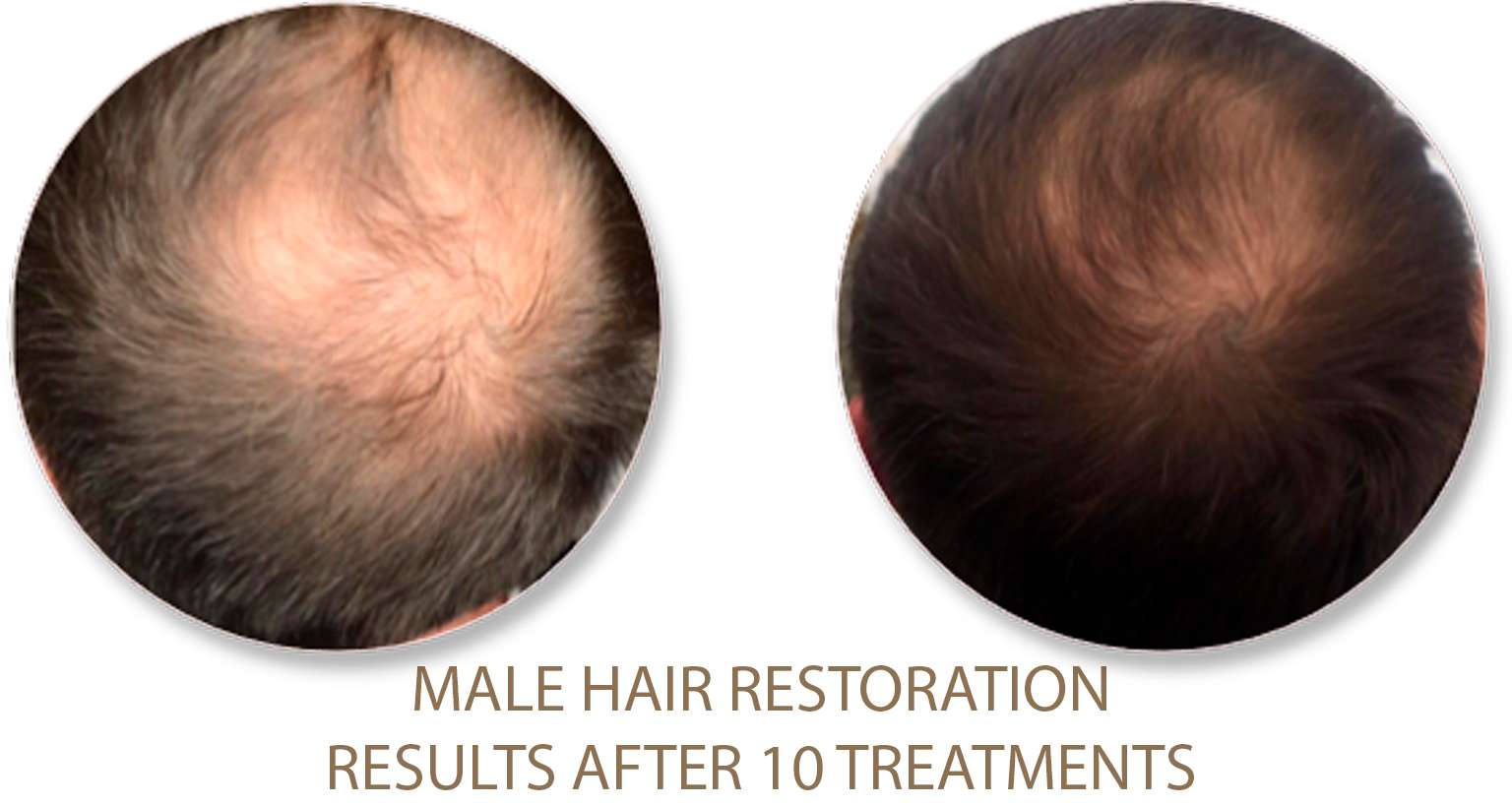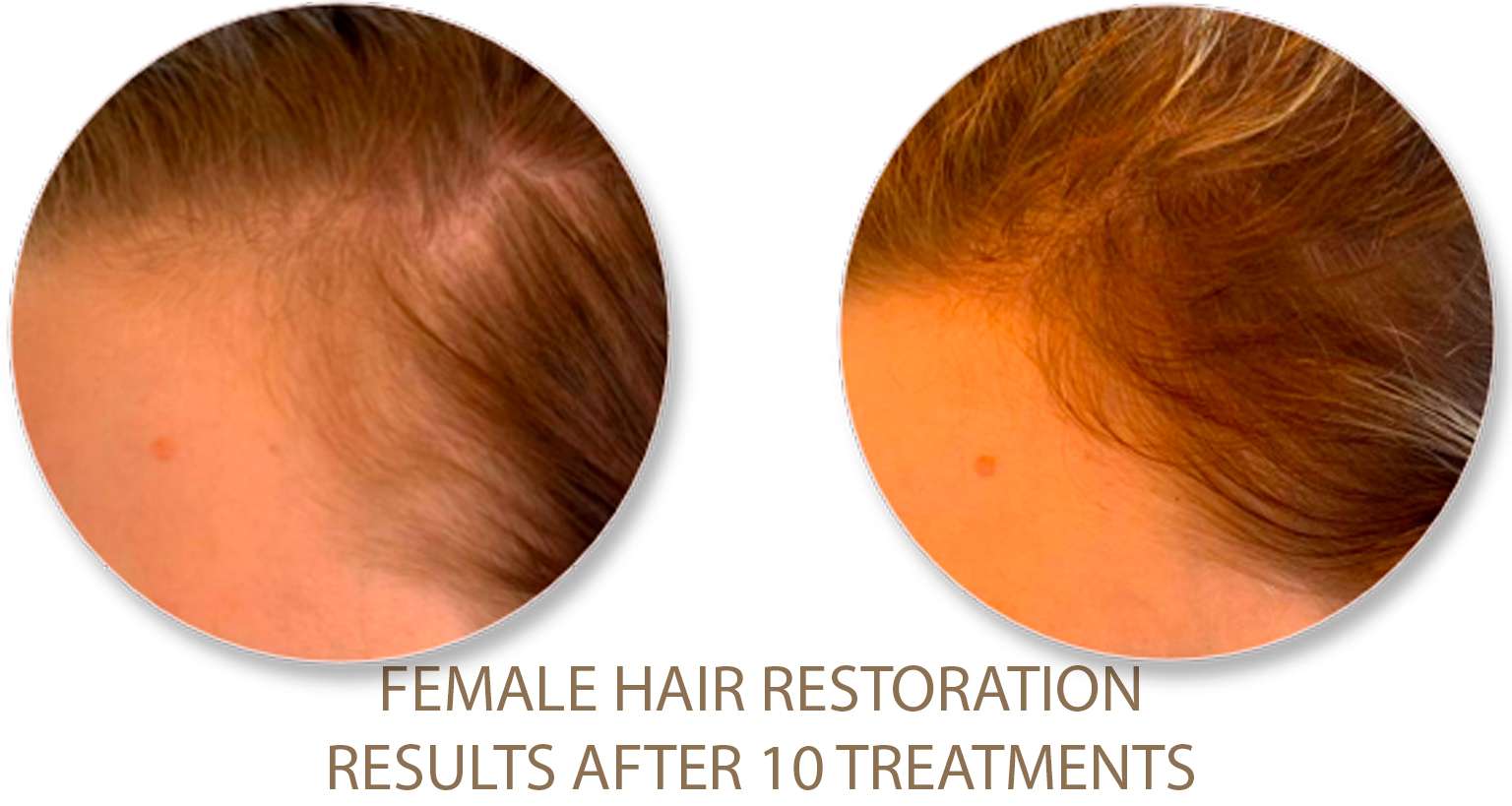Acne
Acne is a common skin conditionthat occurs when hair follicles become clogged with oil, dead skin cells, and bacteria. It typically affects the face, chest, back, and shoulders, as these areas have a higher concentration of oil glands.
What is Acne?
Acne is a skin condition that is very common and so many people suffer from this. This results in spot formation at the face, shoulders, chest and back.
Acne could be mild when it comes in the form of blackheads and whiteheads. There are other severe forms of acne which are cyst and others which may lead to scar formation.
The mild form of acne rarely leads to scar formation. The sweat pores allow sweat out of the skin. When the sweat pores become blocked it results in acne.
The formation of acne usually starts from puberty. During puberty, an excess amount of oil is produced as a result of increased hormone production. The sweat pores are blocked by the excess oil and this results in acne formation. Also, during pregnancy and menstrual cycle in women, they have been found to produce more acne as a result of increased hormone level.
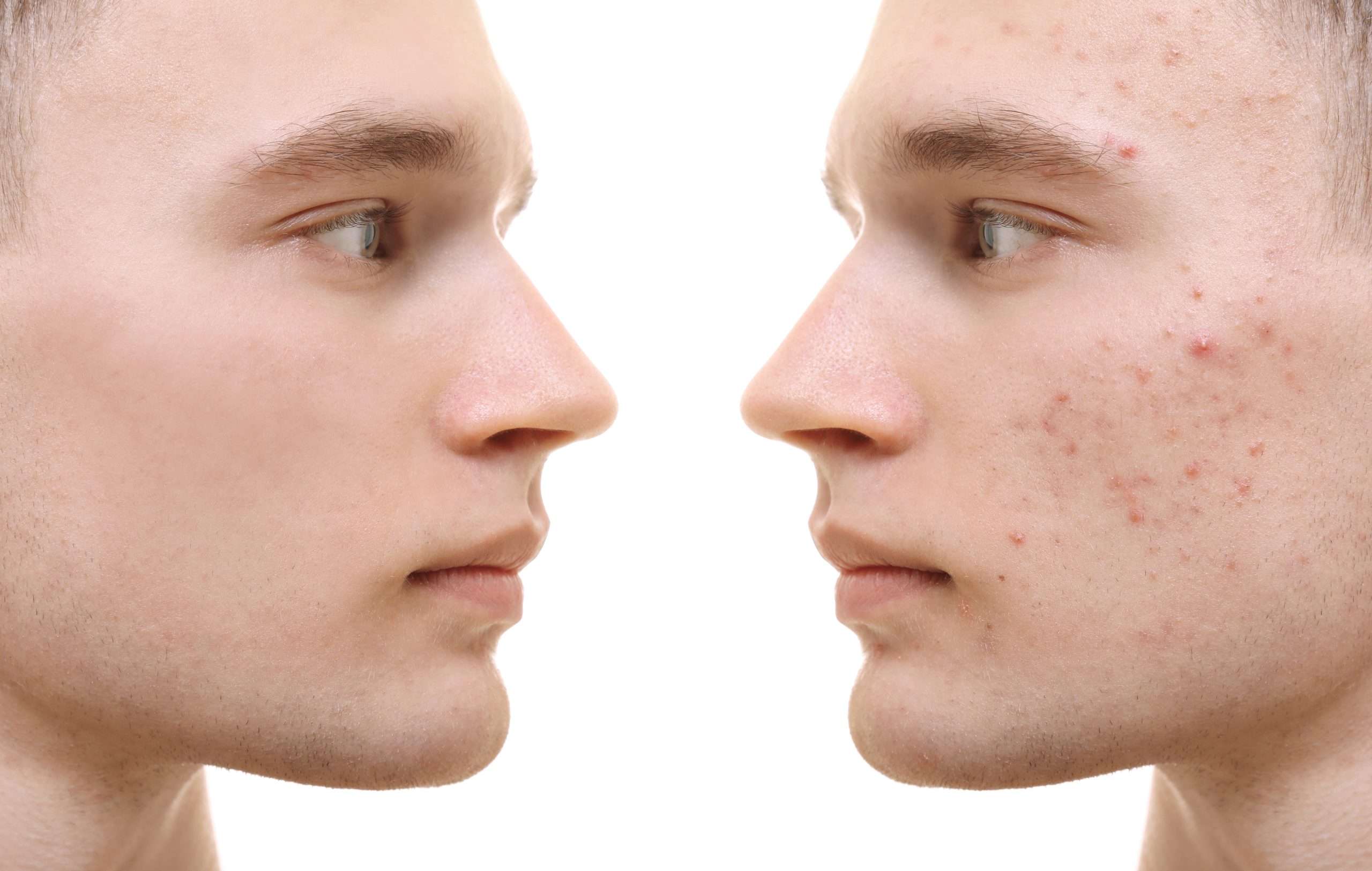
Treatments for Acne:
Types of acne lesions
Comedones
Non-inflammatory acne lesions that can be open (blackheads) or closed (whiteheads). They result from the partial blockage of hair follicles.
Papules
Small, red, raised bumps that occur when the walls of the hair follicles break down due to inflammation.
Pustules
Similar to papules, but with a white or yellow center filled with pus.
Nodules
Larger, painful, solid lumps that develop beneath the surface of the skin. They result from deep inflammation and can be more severe and harder to treat.
Cysts
Large, painful, pus-filled lumps beneath the skin’s surface. Cysts can cause scarring and should be treated by a dermatologist to prevent complications.
Before & After
What causes Acne?
Acne is caused by a combination of factors that lead to the blockage and inflammation of hair follicles on the skin. The primary factors contributing to the development of acne include:
Excess oil production: The sebaceous glands in the skin produce an oily substance called sebum. During adolescence and other hormonal fluctuations, these glands can become overactive, leading to an excessive production of sebum. This excess oil can clog the hair follicles and contribute to the formation of acne.
Clogged hair follicles: When the sebum, dead skin cells, and other debris accumulate in the hair follicles, it forms a plug or comedone. Comedones can be open (blackheads) or closed (whiteheads).
Bacteria: The bacterium Propionibacterium acnes (P. acnes) is a normal resident on the skin. However, when hair follicles are clogged, it can multiply rapidly within the blocked pore, leading to inflammation and the development of acne.
Hormonal changes: Hormonal fluctuations, especially during puberty, menstruation, pregnancy, or when starting or stopping birth control pills, can trigger acne. Androgens (male hormones) can stimulate the sebaceous glands to produce more oil, exacerbating the condition.
Inflammation: When the hair follicles become clogged and P. acnes bacteria multiply, the body’s immune system responds by sending white blood cells to the affected area. This immune response leads to inflammation, which results in redness, swelling, and the formation of papules and pustules.
Genetic factors: There is evidence to suggest that genetics play a role in the development of acne. If you have a family history of acne, you may be more prone to experiencing it yourself.
Environmental factors: Certain environmental factors, such as pollution and exposure to oily or greasy substances, can contribute to acne development or worsen existing acne.
Dietary factors: While the direct link between diet and acne is still debated, some studies suggest that certain diets, particularly those high in refined carbohydrates and dairy products, may exacerbate acne in some individuals.
Stress: Stress can lead to hormonal imbalances, which may trigger or worsen acne.
Testimonials
What Our Clients Say:











